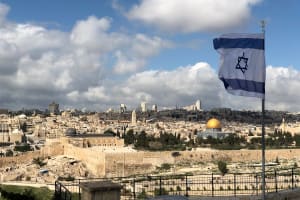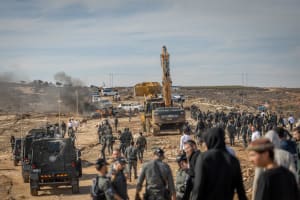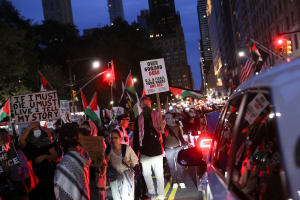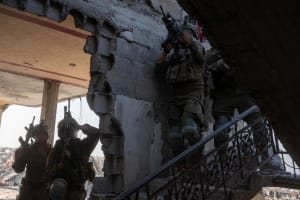Shiloh’s Tabernacle mystery: What the Bible and archaeology reveal
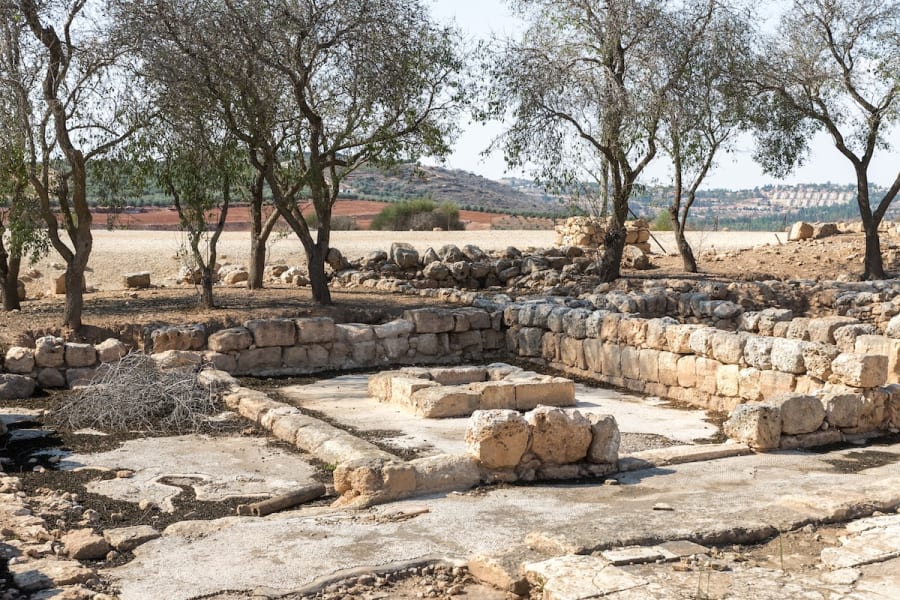
The Role of Shiloh in Israel History
The site of ancient Shiloh has been excavated for over a century. Scholars agree that it is the biblical Shiloh mentioned in scripture. However, one question remains unresolved to this day: exactly where within the site did the Tabernacle stand?
At least four different proposals concerning its location at Shiloh have been made over the years, yet a definitive answer remains elusive. How is it possible that after so much excavation in a place the Bible says housed the Tabernacle for nearly 400 years, archaeologists have not found it with certainty?
One might suggest this is evidence that the biblical account is inaccurate. But we want to show instead that the biblical testimony actually aligns with the archaeological findings on the ground, if we take the time to look more carefully at what the Bible really says about Shiloh.
Shiloh in the Bible narrative
Jewish tradition teaches that the Tabernacle stood in Shiloh for 369 years, from the time of Joshua’s conquest until it was destroyed by the Philistines during the days of Eli the priest. This period – the time when the Tabernacle was at Shiloh and Israelites were commanded to go there three times a year – largely corresponds to the era of the Judges, described in the books of Judges and Ruth. It begins after the conquest of the land and ends with the rise of Saul as the first king who unites the tribes.
Surprisingly, though, the Book of Judges itself – and the Book of Ruth, set in the same period – barely mentions Shiloh. Only in the final chapters of Judges is Shiloh mentioned at all, and not in connection with sacrifice or pilgrimage.
By contrast, in the book of Joshua, which precedes Judges, Shiloh plays a central role as the place where Joshua casts lots to divide the land among the remaining tribes. In the first four chapters of 1 Samuel, which follows Judges, Shiloh again becomes a central location in the narrative.
So what can we say about Shiloh’s role as a spiritual center during the time of the Judges? Did all of Israel really go there three times a year to offer sacrifices as commanded in the Torah?
It turns out things may not be so simple. Despite the clear tradition of a central place of worship for all Israel, neither the Bible nor archaeology gives us unequivocal evidence for this.
Biblical support for Shiloh as Israel's primary religious site
We learn of Shiloh as a pilgrimage site in only two biblical contexts: Joshua 18 and 1 Samuel 1–4.
Shiloh in the Book of Joshua
Joshua 18:1 reads: "The whole assembly of the Israelites gathered at Shiloh and set up the tent of meeting there."
From this single verse we learn that the same Tabernacle used for 40 years in the wilderness was established in the newly conquered city of Shiloh. But apart from that verse, the rest of the description in Joshua focuses only on casting lots and dividing the land – there is no further mention of the Tabernacle or sacrificial worship.
Shiloh in 1 Samuel
The next time Shiloh appears prominently is at the beginning of the Book of 1 Samuel.
In 1 Samuel 1:3 we read: "Year after year this man [Elkanah] went up from his town to worship and sacrifice to the LORD Almighty at Shiloh, where Hophni and Phinehas, the two sons of Eli, were priests of the LORD."
In the next chapter, the corrupt behavior of Eli’s sons is described: "whenever any of the people offered a sacrifice, the priest’s servant would come with a three-pronged fork in his hand while the meat was being boiled and would plunge the fork into the pan or kettle or caldron or pot. Whatever the fork brought up the priest would take for himself. This is how they treated all the Israelites who came to Shiloh … they slept with the women who served at the entrance to the tent of meeting” (1 Samuel 2:13-14, 22).
And in chapter 4, the Ark of the Covenant is taken from Shiloh to the battle at Ebenezer, where it is captured by the Philistines.
These verses might seem to confirm Shiloh as Israel’s central religious site in the Judges era. But there are important questions to consider:
The absence of Shiloh in the Book of Judges
First, the Book of Judges itself is characterized by the absence of national unity. Most of its stories show the tribes acting independently, even in conflict with one another. In the battle against Jabin king of Hazor, only Zebulun and Naphtali fight, even though Israel is described collectively beforehand:
"Again the Israelites did evil in the eyes of the LORD... So the LORD sold them into the hands of Jabin king of Canaan, who reigned in Hazor... they cried to the LORD for help" (Judges 4:1–3).
The next judge, Gideon, calls only four tribes to fight Midian:
"He sent messengers throughout Manasseh, calling them to arms, and also into Asher, Zebulun, and Naphtali; so they too went up to meet them" (Judges 6:35).
Yet Ephraim, invited only at the end, complains they were not called sooner. Even after Gideon’s great victory, he does not establish centralized worship at Shiloh but sets up his own cultic object in Ophrah, in Manasseh’s territory (Judges 8:27).
Throughout Judges there is this tension: collective appeals to the LORD versus local, tribal-scale deliverances. Later, Jephthah defends Gilead (half-Manasseh east of the Jordan) while Ephraim opposes him instead of joining him. Samson fights for Dan while Judah hands him over to the Philistines. The whole period is marked by the lack of central administration, and nowhere does the book mention centralized sacrificial worship at Shiloh. Instead, it repeatedly notes Israel’s idolatry with Baal and Ashtoreth.
At the very end of Judges, Shiloh is mentioned as hosting a festival for the LORD: "But look, there is the annual festival of the LORD in Shiloh" (Judges 21:19).
But which festival this is, we are not told. Nor are we told that all Israel gathers there. Only that the daughters of Shiloh go out to join in dancing (Judges 21:21).
Similarly, 1 Samuel raises questions about Shiloh’s centrality. Elkanah comes with his wives to Shiloh, but he is from Ramathaim-zophim in Ephraim’s hill country – near Shiloh, not from Galilee or Judah. The dialogue between Hannah and Eli also does not depict a crowded, festive pilgrimage, but an intimate scene suggesting only a few worshipers.
Archaeological evidence and its implications
Against this biblical backdrop, it is interesting to consider the archaeological evidence. Archaeologists unearthed magnificent temples for Canaanite gods in the great Canaanite cities like Hazor, Megiddo, Lachish, and others, which stood there in the Bronze Age before the Israelite conquest. But in the Iron Age – the Israelite period – almost no temples appear in the cities, apart from the Temple in Jerusalem. At Tel Dan there is an altar, but no temple structure has been found yet, and the altar is on the edge of the city.
The place the LORD your God will choose
This fits well with the biblical ideal, as Deuteronomy says Israel will have one place where God chooses to make his name dwell:
"Then to the place the LORD your God will choose as a dwelling for his Name – there you are to bring everything I command you: your burnt offerings and sacrifices, your tithes and special gifts, and all the choice offerings you vow to the LORD" (Deuteronomy 12:11).
In the end, it is David who establishes this place in Jerusalem.
One might expect that before Jerusalem, Shiloh was the central site chosen for sacrifice, since the Tabernacle was there (as Joshua 18:1 states). But the book of Judges does not confirm this. Israel is shown as fractured and divided, with tribal conflicts and local wars. The people often appear to be worshiping Baal and Asherah more than the God of Israel.
For many years archaeologists have searched for the precise location of the Tabernacle at Shiloh without reaching a firm conclusion. There is no doubt the Tabernacle was there. But did all Israel go up three times a year to sacrifice as commanded? The biblical text suggests that this idyllic picture may never have fully existed in reality.
Conclusion: The hope of the Messiah
Ultimately, Israel needed a king to unite them and to designate the place God would choose to make His name dwell. That king was David, and the chosen place was Jerusalem. Shiloh was destroyed after 369 years, giving way to a new era – the kingdom of Israel and later Judah.
The final verse of Hannah's prayer prophesies the Messiah's descent from that lineage of kings: "The Lord will judge the ends of the earth. He will give strength to his king and exalt the horn of his anointed [Messiah]"
(1 Samuel 2:10).
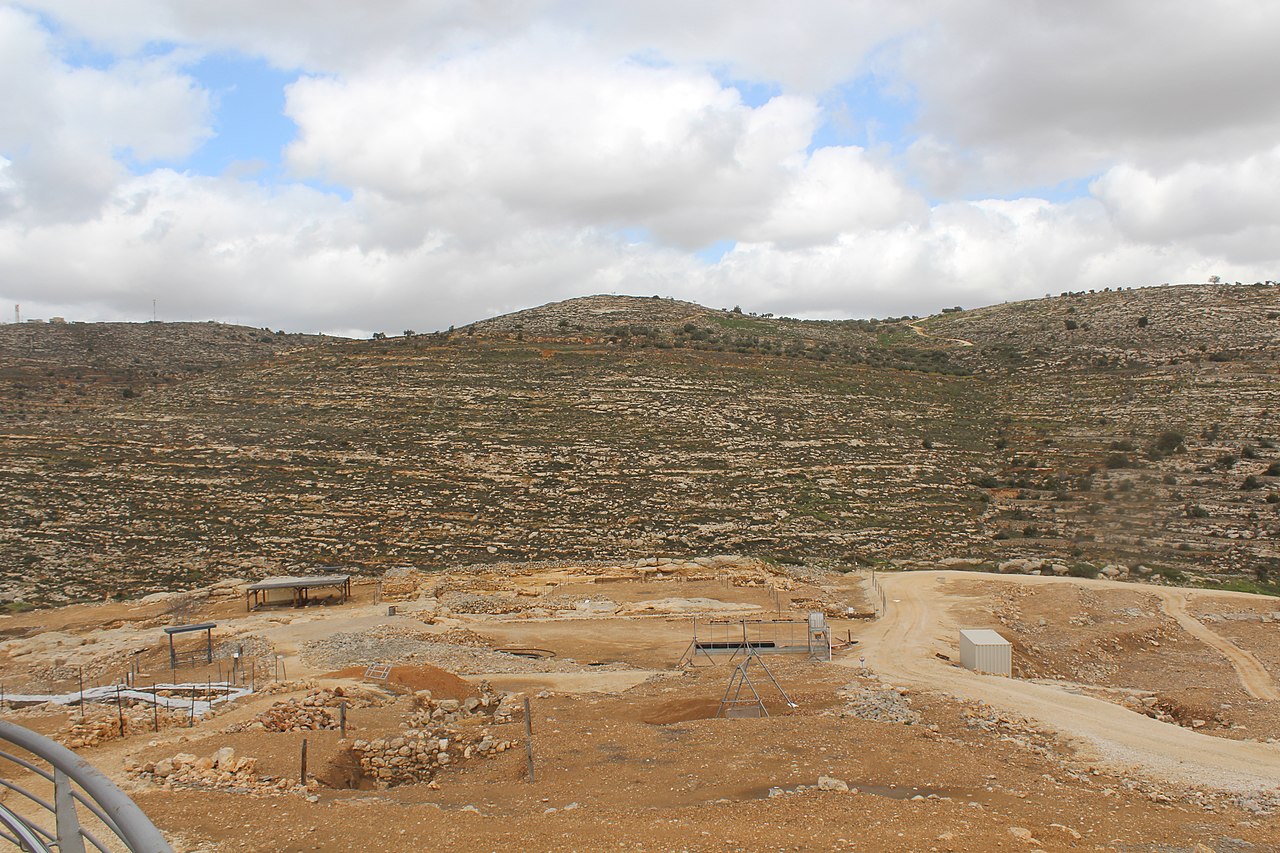
Is All Israel News’ faith-based reporting important to you? Be part of it—help us continue by becoming a $5/month supporting partner.

Ran Silberman is a certified tour guide in Israel, with a background of many years in the Israeli Hi-Tech industry. He loves to guide visitors who believe in the God of Israel and want to follow His footsteps in the Land of the Bible. Ran also loves to teach about Israeli nature that is spoken of in the Bible.
You might also like to read this:



